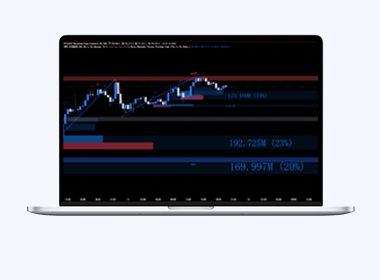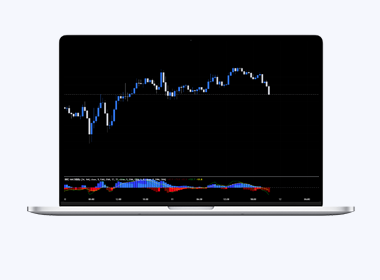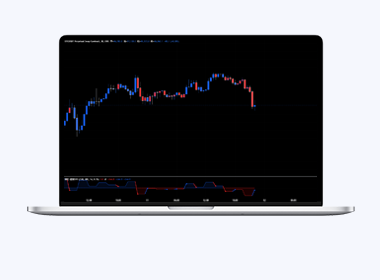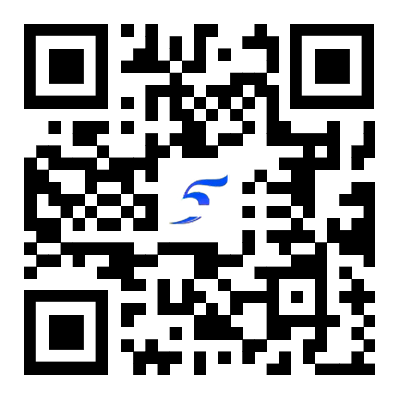Understanding trend lines in English is crucial for technical analysis in global financial markets. This comprehensive guide explores the terminology, drawing methods, and practical applications of trend lines in English-language trading environments, providing traders with essential knowledge for interpreting price movements across international markets.
The Fundamental Concept of Trend Lines in Technical Analysis
Trend line English refers to the specialized vocabulary and techniques used to describe price movement patterns in English-speaking financial markets. These diagonal lines connecting significant price points serve as visual representations of market sentiment, helping traders identify support and resistance levels. The basic terminology includes “ascending trend line” for upward price movements and “descending trend line” for downward trends. Why do these simple lines hold such significance in technical analysis? Because they objectively quantify subjective market psychology, transforming chaotic price action into structured trading signals that transcend language barriers in global markets.
Essential English Vocabulary for Drawing Accurate Trend Lines
Mastering trend line English requires familiarity with core terms like “swing highs” (price peaks) and “swing lows” (price troughs) that form the anchor points for these technical tools. Professional chartists emphasize the “three-touch rule” – a valid trend line should connect at least three price points without excessive violations. Other critical terms include “trend line break” (when prices pierce through the line) and “throwback” (a temporary return to the broken trend line). How can traders ensure they’re using these terms correctly? By practicing on historical charts and comparing their analysis with English-language trading literature and financial media reports.
Practical Applications of Trend Lines in English-Speaking Markets
Applying trend line English effectively involves more than just drawing lines on charts. Traders must understand concepts like “angle of ascent” (the steepness of upward trends) and “validation” (confirming a trend line’s effectiveness through multiple tests). In London and New York trading sessions, professionals frequently discuss “channel lines” (parallel lines framing price action) and “fan lines” (multiple trend lines showing weakening momentum). What makes these applications particularly valuable? They provide objective criteria for entry and exit decisions while facilitating clear communication with international trading counterparts.
Common Mistakes in Trend Line Analysis and How to Avoid Them
Even experienced traders sometimes misuse trend line English by committing errors like “overfitting” (forcing lines to fit historical data) or “ignoring timeframes” (applying short-term lines to long-term analysis). Another frequent mistake involves confusing “breakouts” (legitimate trend violations) with “false breaks” (temporary price spikes). The solution lies in rigorous application of technical analysis principles and consistent use of standardized English terminology. Why does precise language matter in this context? Because ambiguous descriptions can lead to misinterpretation of critical trading signals, potentially resulting in substantial financial losses.
Advanced Trend Line Techniques for Professional Traders
Sophisticated applications of trend line English include “speed lines” (measuring the rate of price change
), “Andrew’s pitchfork” (a three-line parallel channel tool
), and “internal trend lines” (connecting reaction highs/lows within a trend). These advanced methods require deeper understanding of geometric market principles and specialized English vocabulary. Professional trading floors often use shorthand terms like “TL break” for trend line breaches and “TL test” for price approaches to established lines. How can traders master these complex concepts? Through dedicated study of English-language technical analysis manuals and participation in international trading seminars.
Integrating Trend Lines with Other Technical Indicators
Effective use of trend line English involves combining these visual tools with quantitative indicators like moving averages (“MAs”) and relative strength index (“RSI”). Traders should understand phrases such as “confluence” (when multiple indicators agree) and “divergence” (when price and indicators disagree). The integration process requires precise communication about “confirmations” (supporting evidence) and “contradictions” (conflicting signals) in English technical analysis discussions. What’s the ultimate benefit of this integrated approach? It creates a more robust trading system that compensates for the subjective nature of trend line drawing while maintaining clear international communication standards.
Mastering trend line English empowers traders to participate confidently in global markets, accurately interpret technical patterns, and communicate effectively with international counterparts. From basic terminology to advanced applications, this specialized language forms the foundation for successful technical analysis across English-speaking financial centers worldwide.
版权:文章归 神灯指标 作者所有!
转载请注明出处:https://www.177911.com/1864.html


 微信扫一扫
微信扫一扫 













还没有评论呢,快来抢沙发~